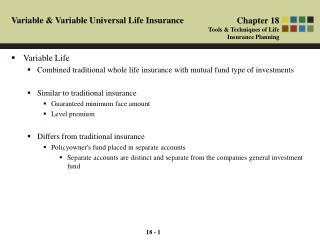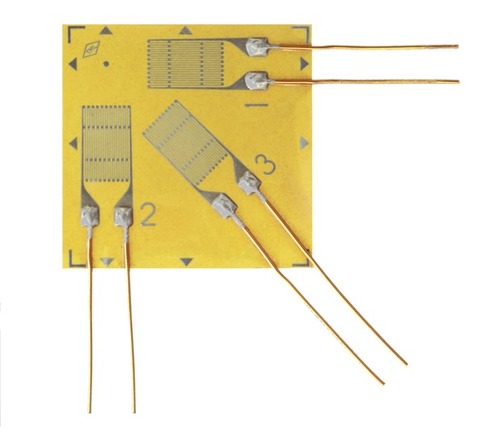

In these examples, the sample is destroyed during testing, making it impossible to test the sample again.Ī critical factor of a nested GR&R study is to identify a batch of material that is so close to the original it reasonably can be assumed the parts in the batch are the same part. For example, testing the amount of force required to open a bag of potato chips, heat-treating steel tubes, and testing the strength of a rope until it breaks. Nested GR&R is used in destructive testing scenarios. This study is called nested because one or more factors are nested under another factor and not crossed with the other factors. This method is used when only one operator measures each part, usually because the test destroys the part (Figure 2). For example, when measuring the length of a part, the part is not changed during the measurement.įigure 1: Crossed Gage Repeatability and Reproducibility (GR&R) Study Nested GR&R Study

It’s used to determine how much process variation is due to measurement system variation.Ĭrossed GR&R is used in nondestructive scenarios-when parts are not destroyed during measurement and can be measured twice. In this study, the same parts are measured multiple times by each operator (Figure 1). Choosing which GR&R study to perform depends on how much data are available and whether the measurement test is destructive. There are three GR&R studies-crossed, nested, and expanded-each with a different objective.
TYPE 1 GAGE STUDY MINITAB TV
The contribution of other factors to the total variation TV can be similarly calculated, as follows: The contribution of the equipment variation (EV) is calculated as 100(EV/TV). Total variation (TV or σ TV) for the study is calculated by summing the square of both the repeatability and reproducibility (R&R) variation and the part-to-part variation PV, and taking the square root, as follows: R p can be estimated as the average range of part measurements.
TYPE 1 GAGE STUDY MINITAB HOW TO
A measure of the need for training in how to use measuring instruments.A required component for calculating process variation and the acceptability level for a production process.A comparison for measuring equipment before and after repair.A means for improving performance of measuring instruments.A criterion for judging new measuring equipment.The GR&R technique can be applied in most manufacturing-related measurement systems. When using the GR&R system, measurement system variation can be characterized by location (stability, bias, linearity) and width or spread (repeatability and reproducibility).
TYPE 1 GAGE STUDY MINITAB SERIES
The process includes taking a series of measurements to certify that the output is the same value as the input, and that the same measurements are obtained under the same operating conditions over a set duration.įactors that affect measurement system variation can be studied using the GR&R technique. Gage repeatability and reproducibility (GR&R) is defined as the process used to evaluate a gauging instrument’s accuracy by ensuring its measurements are repeatable and reproducible. Quality Glossary Definition: Gage repeatability and reproducibility (GR&R)


 0 kommentar(er)
0 kommentar(er)
